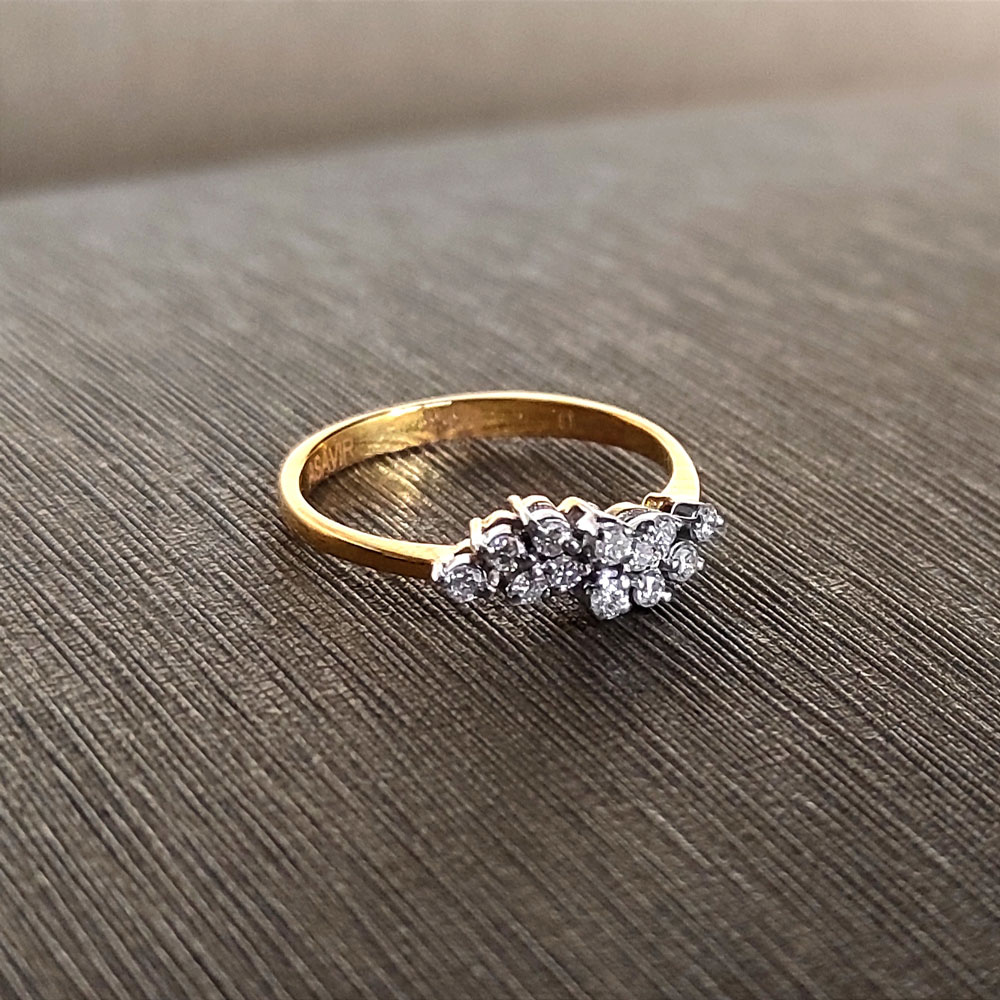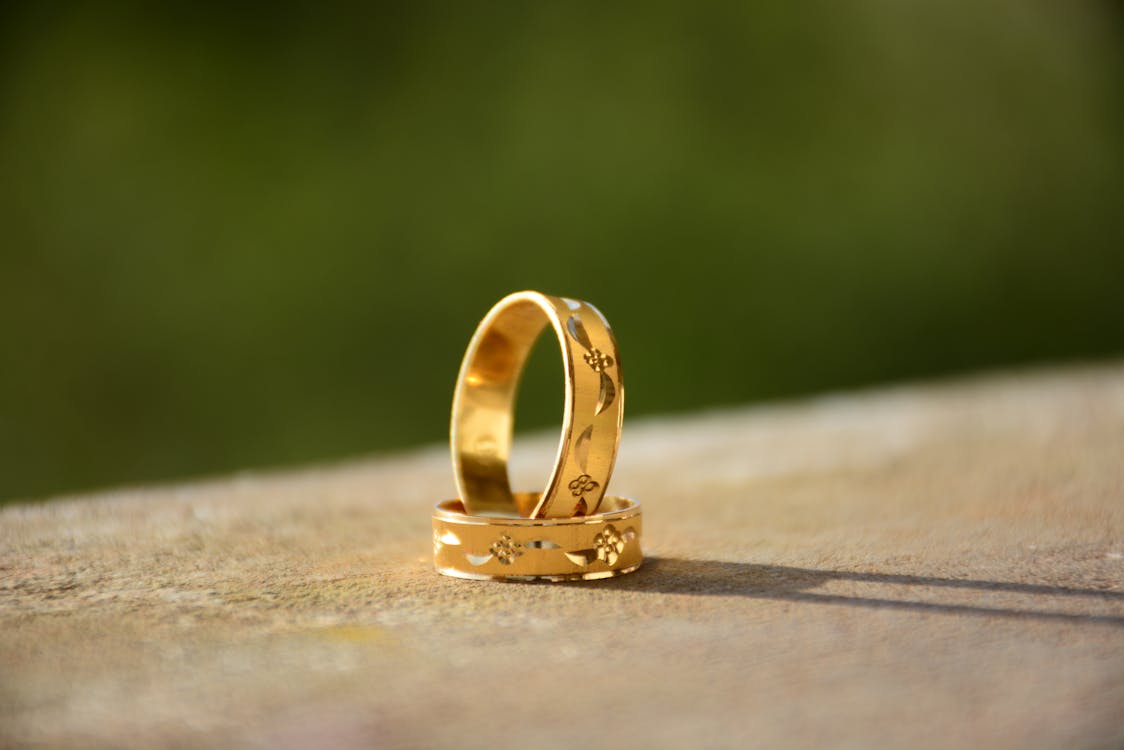Introduction to Lab Grown Diamonds
So, what’s the big deal about lab grown diamonds? In a nutshell, these diamonds are created in controlled environments, mimicking the natural conditions that produce lab created diamonds underground. They might sound like a futuristic gimmick, but they’re becoming increasingly popular for several compelling reasons. Let’s dive into why lab grown diamonds might just be better than their natural counterparts.
What Are Lab Grown Diamonds?
Lab grown diamonds are real diamonds, chemically and physically identical to natural diamonds. They’re made using advanced technology that replicates the natural process of diamond formation. You might be wondering if they’re just fancy cubic zirconia or moissanite. The answer is no; they are the same as natural diamonds at the molecular level.
How Are They Made?
There are two main methods for creating lab grown diamonds: High Pressure High Temperature (HPHT) and Chemical Vapor Deposition (CVD). The HPHT method mimics the extreme conditions deep within the Earth’s mantle, while the CVD method involves using a carbon-rich gas to form diamonds. Both methods produce diamonds that are indistinguishable from natural ones, but each has its unique process and advantages.
Comparison with Natural Diamonds
Cost Efficiency
One of the most obvious benefits of lab grown diamonds is their cost. Natural diamonds are often priced based on their rarity, but lab grown diamonds are generally more affordable. This is because producing diamonds in a lab is less resource-intensive compared to mining them from the earth. So, you get more bang for your buck without sacrificing quality.
Environmental Impact
Let’s talk green. Traditional diamond mining has a notorious environmental footprint, from habitat destruction to significant water usage. Lab grown diamonds, on the other hand, have a much smaller ecological footprint. They don’t require large-scale mining operations and have a minimal impact on the environment. Choosing lab grown diamonds means supporting more sustainable practices.
Ethical Considerations
Diamond mining has also been associated with ethical issues, including labor practices and conflict diamonds. Lab grown diamonds eliminate these concerns entirely. Since they’re produced in controlled settings, there’s no risk of supporting unethical labor practices or contributing to conflict zones.
Quality and Appearance
Chemical Composition
Chemically, lab grown diamonds are identical to natural diamonds. They’re composed of carbon atoms arranged in a crystal lattice structure. This means that their hardness and brilliance are the same as natural diamonds. So, if you’re looking for the perfect sparkle, lab grown diamonds deliver just as well as natural ones.
Physical Properties
In terms of physical properties, lab grown diamonds are indistinguishable from natural diamonds. They have the same density, thermal conductivity, and refractive index. This means they shine just as brightly and are just as durable. Whether you’re looking for a dazzling engagement ring or a statement necklace, lab grown diamonds won’t disappoint.
Cut and Clarity
When it comes to cut and clarity, lab grown diamonds can be as flawless as natural diamonds. Skilled gem cutters can craft lab grown diamonds into stunning shapes and styles, and because these diamonds are often free from the inclusions that can affect natural diamonds, you might even find higher clarity grades more easily.
Market Trends and Popularity
Consumer Preferences
In recent years, consumer preferences have shifted. More people are choosing lab grown diamonds due to their ethical and environmental advantages. As awareness grows, so does the demand for these diamonds. They offer the same beauty as natural diamonds but with a clear conscience.
Retail and Online Market Presence
Lab grown diamonds are becoming more widely available. Retailers and online stores are now featuring a range of options, making it easier for consumers to choose lab grown over natural diamonds. The growing market presence reflects increasing acceptance and popularity.
The Future of Lab Grown Diamonds
Technological Advances
The technology behind lab grown diamonds is continually evolving. As advancements are made, the process becomes even more efficient and the diamonds more affordable. Future innovations could further enhance the quality and reduce costs, making lab grown diamonds an even more attractive option.
Potential Challenges
Despite their advantages, lab grown diamonds do face challenges. Market acceptance and the perception of value compared to natural diamonds can be barriers. Additionally, the industry will need to address potential issues related to scalability and consumer education.
Conclusion
So, why are lab grown diamonds better? They offer the same beauty and quality as natural diamonds but with added benefits: lower cost, less environmental impact, and ethical sourcing. As technology advances and consumer awareness grows, lab grown diamonds are poised to become an even more compelling choice for those in search of sparkling gems. In a world where sustainability and ethics are increasingly important, lab grown diamonds shine as a brilliant alternative.




